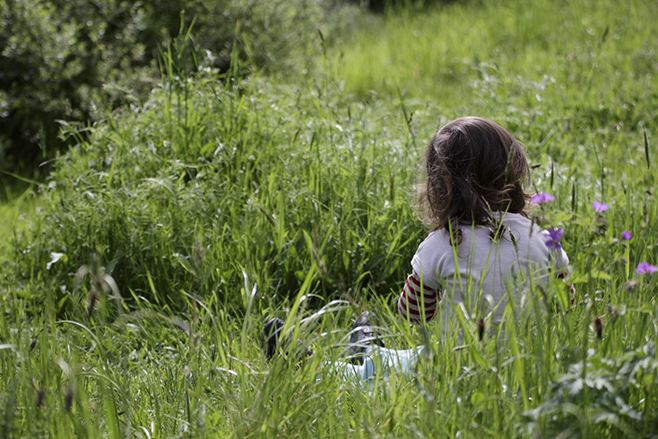How can botanic gardens grow their social role?

Botanic gardens exist in a world that is increasingly precarious for us all. The collision of social and environmental concerns is pressing in behind gardens’ walls. Whole cultures are being lost through climate change. A colleague from the Flagstaff Arboretum, Arizona, describes being on the frontline of climate change, with very real loss of species and livelihoods.
Faced with a troubled world they can no longer avoid, botanic gardens are at a crossroads, under growing pressure to put social and environmental responsibility at the heart of their mission. This means not only conserving plants – which they have traditionally done so well – but engaging people.
The shift is towards creating opportunities for people to do something, to work with botanic gardens – in towns, cities, countryside – and help make change happen. There is much to celebrate as gardens take up this challenge in new and exciting ways in the UK and across the world.
But we need more.
It was within this context that Communities in Nature was conceived. The programme was never about disconnected short-term ‘pilot’ projects. It was about gardens embracing their social role, working with more diverse communities and establishing standards for a community of practice.
Such a shift has huge implications for botanic gardens.
A few have already taken a powerful step in that direction, leading the way with dynamic social programming, working in a broad range of partnerships, positioning botanic gardens right at the heart of both global debates and actions for change. These gardens have understood that moving ahead on social relevance means facing up to a renewal of purpose, one that places the social role not on the periphery but at the heart of botanic gardens.
There is much agreement on the importance of botanic gardens actively assuming this social role. And yet, as a senior staff member of a large garden remarked: “There is still a reluctance at senior level to see it as a priority.”
For me, this dichotomy is all too familiar. I come from the professional museum sector. It is no surprise to find museums and botanic gardens sharing a great deal in their DNA, including a certain reluctance to change, even while change is happening all around them. But, it seems, change they must!
Such a reconsideration may mean some gardens easing the grip of defensive and anxious definitions of their intrinsic value. It means taking inspiration from those leading the way. It means embracing a renewal of purpose that runs right through the organisation.
Like the message in a stick of rock, inspiring engagement becomes the responsibility of all in the garden. No member of staff is exempt, it’s in everyone’s job description.
This is indeed a ‘small revolution in thinking’ for botanic gardens, to the benefit of us all. I hope Communities in Nature will open up discussion on the opportunities – and challenges – that lie ahead. The interest is there – it now needs significant nurturing, based on strong, clear-sighted leadership and support, for it to grow roots and flourish. In this sense, it is only the beginning of Communities in Nature.
***
Dr Bernadette Lynch was commissioned to lead a review of the Communities in Nature initiative. ‘How can botanic gardens grow their social role? Lessons from the Communities in Nature programme’ is available to read here.
